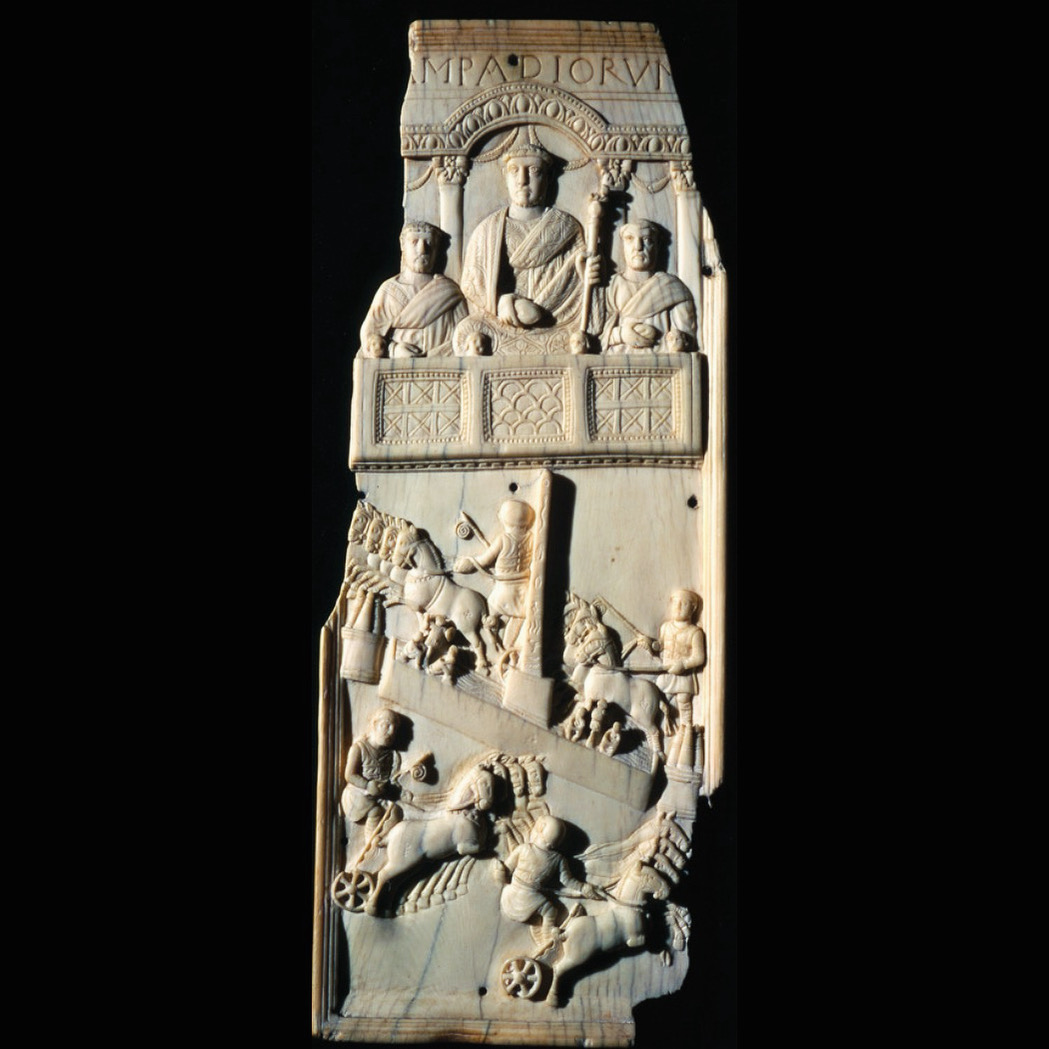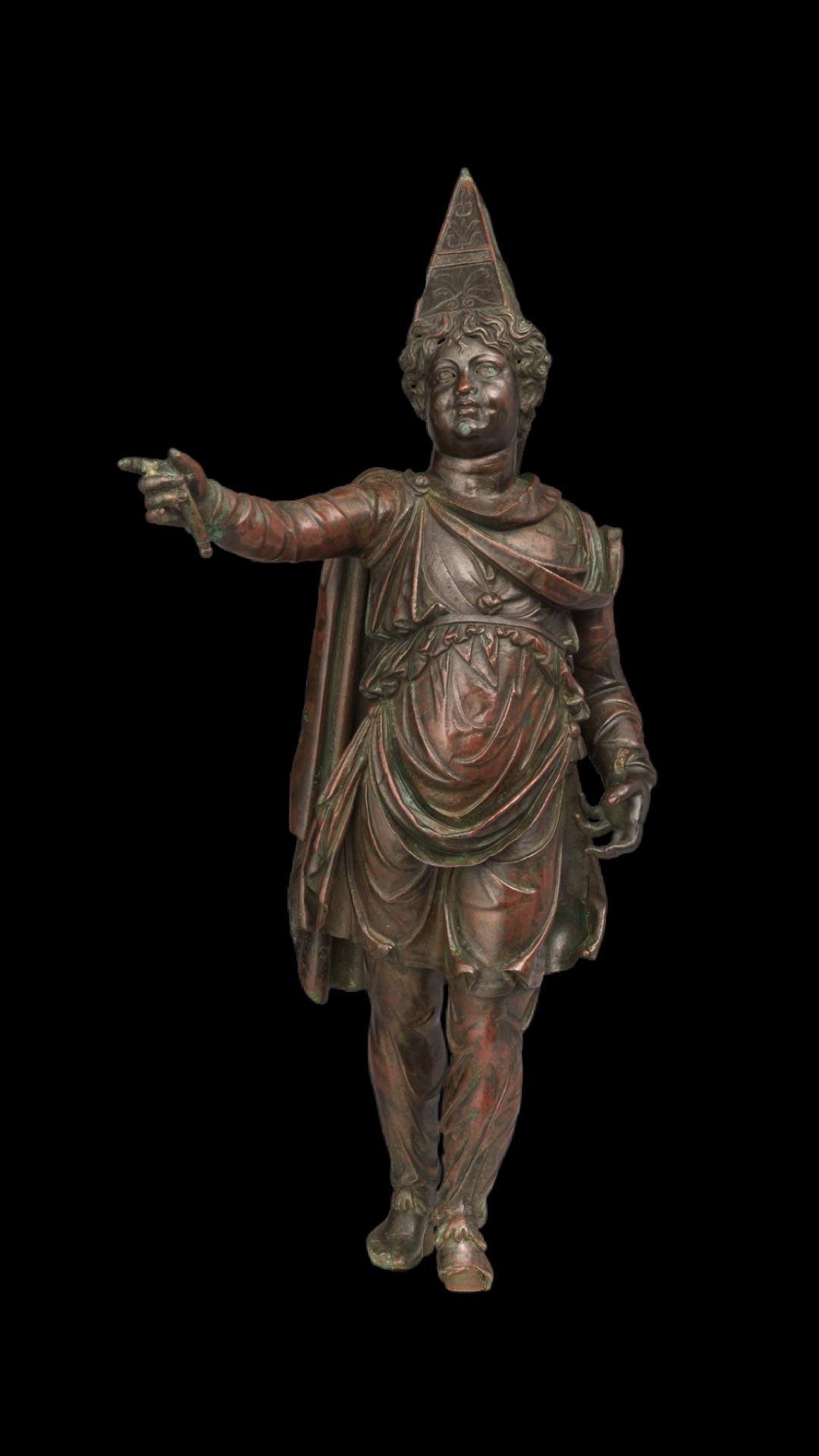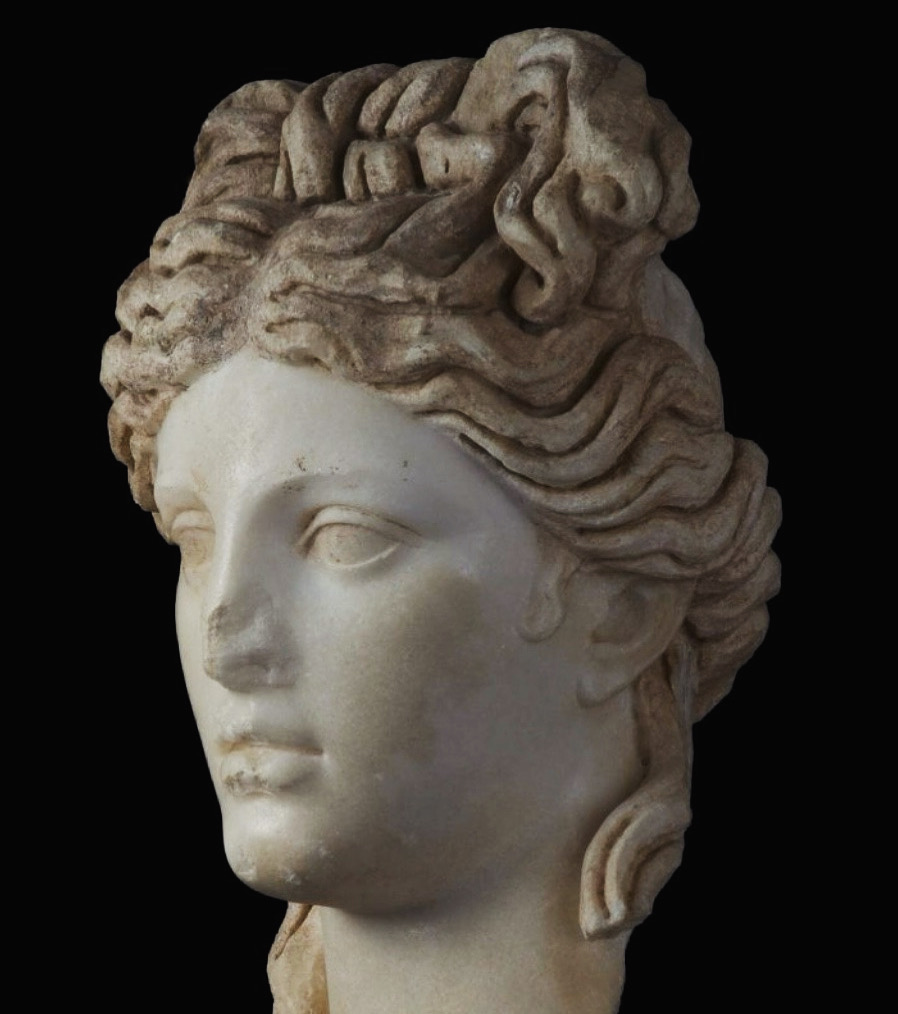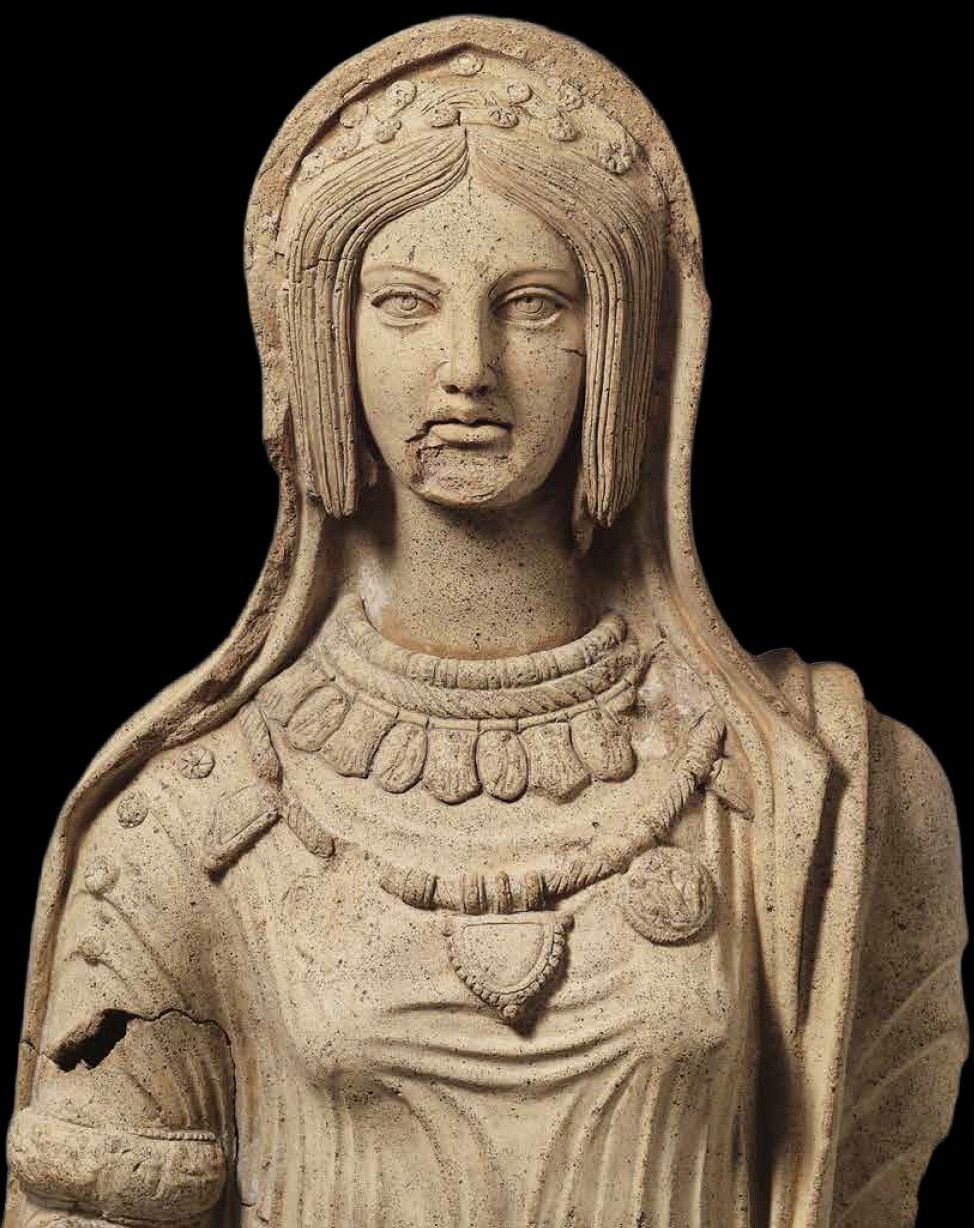I’ve been thinking a bit about two forms of Roman block buster entertainment: gladiatorial matches (munera) and chariot races (ludi circenses). Their popularity relied on suspense and the frisson of potential bodily harm – a very good time for the throngs of frenzied fans in the audience.
And this is a pretty terrific object – it’s a consular diptych (so originally joined to a second by a hinge) in ivory. Down below, four chariots are shown (with glorious degrees of perspectival flair) whirling around a central spina (an obelisk complete with faux-hieroglyphs). Up top, the togate organizer of this splash entertainment presides from a private box – stiffly frontal, gorgeously dressed, flanked by two compatriots, and identified by inscription as a member of the family Lampidarii. Ivory diptychs like this one (which found its way into the treasury at Brescia) were produced as luxe gifts to commemorate games – a more lasting reminder of the consul’s largesse.

While gladiatorial games largely fizzled out by the 4th century A.D., chariot games only picked up steam, becoming ever more inextricably linked with politics and imperial power and thriving into the 12th century. Changing social mores might have played a part (the brawny gladiators were increasingly equated with prostitutes in Late Antiquity…) and so too did the rise of ‘factions’, the professionalized machinery propping up the chariot races and fueling their fandom.
Give the people their bread and circuses!




